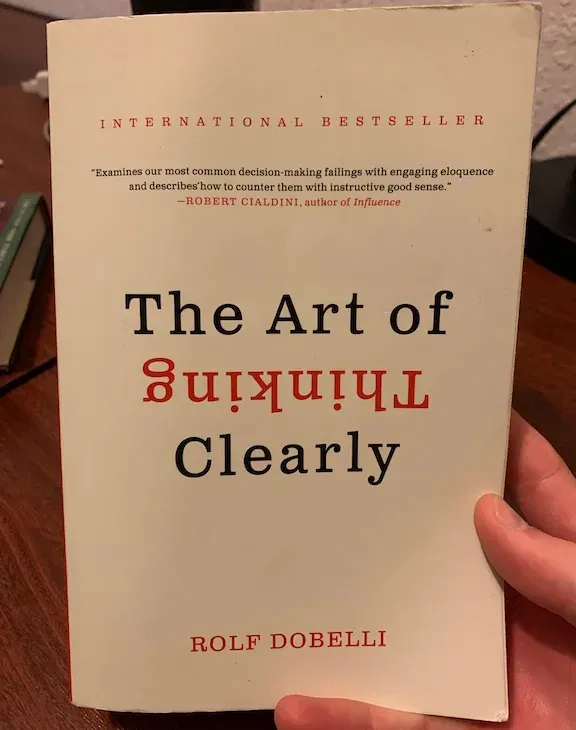As an engineering student, I've learned that clear thinking is essential for success. In engineering, we need to be able to analyze complex problems, identify the best solutions, and communicate our ideas effectively. We also need to be able to think critically and to avoid making mistakes.
The book "The Art of Thinking Clearly" by Rolf Dobelli is a great resource for anyone who wants to improve his thinking skills. Dobelli identifies 99 common thinking errors and provides strategies for avoiding them. Some of the most common thinking errors that engineering students should be aware of include:
- Confirmation bias: This is the tendency to only seek out information that confirms our existing beliefs.
The availability heuristic: This is the tendency to judge the likelihood of an event based on how easily examples come to mind. - The sunk cost fallacy: This is the tendency to continue investing in a losing proposition because we've already invested so much time and money into it.
- The anchoring effect: This is the tendency to be influenced by the first piece of information we hear about a topic.
- Groupthink: This is the tendency for a group of people to make bad decisions because they are all trying to agree with each other.
Dobelli's book also provides strategies for avoiding these thinking errors, such as:
- Challenging your assumptions: When you're faced with a problem, take a step back and ask yourself if you're making any assumptions. Are you only considering one possible solution? Are you letting your emotions cloud your judgment?
- Seeking out dissenting opinions: Don't just surround yourself with people who agree with you. Make an effort to hear from people who have different perspectives.
- Doing your research: Don't rely on your gut instinct. Do your research and gather as much information as possible before making a decision.
- Testing your assumptions: Once you've made a decision, test your assumptions to make sure they're still valid.
- Being open to feedback: Be willing to listen to feedback from others. They may have insights that you haven't considered.
To conclude with, the Art of Thinking Clearly is a valuable resource for anyone who wants to achieve success. By understanding the common thinking errors and by developing strategies for avoiding them, you can make better decisions and be more successful in your studies and careers.
